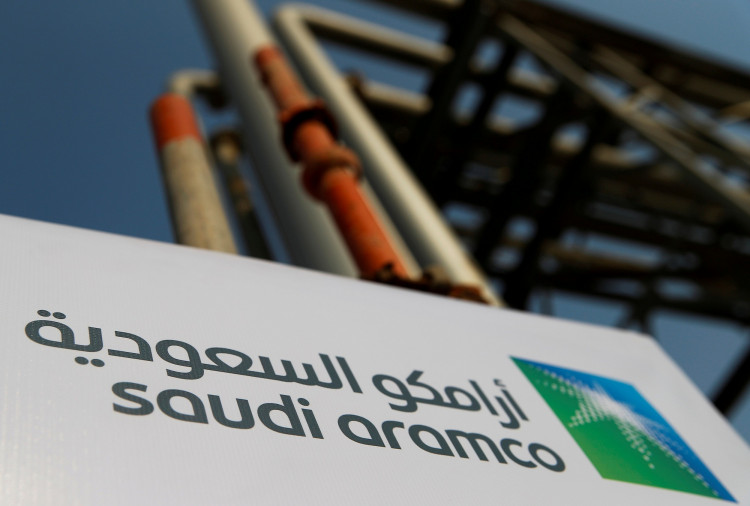On Friday, September 1, sources familiar with the matter revealed that Saudi Arabia is contemplating a sale of up to $50 billion in shares of Saudi Aramco. If successful, this would set a record as the largest stock offering in global capital market history.
Saudi officials and insiders have indicated that the decision to list new shares on the Riyadh Stock Exchange was made to sidestep legal risks associated with foreign listings. While the exact timing of the transaction remains uncertain, it could potentially occur before the year's end. Saudi Aramco has been gauging interest from potential investors, including multinational oil corporations and sovereign wealth funds.
Saudi Aramco, the world's largest oil company and one of the highest-valued firms globally, currently boasts a market capitalization of approximately $2.25 trillion. The company's stock has surged 18.5% this year.
In late 2019, Saudi Aramco's IPO raised $25.6 billion, setting the record for the world's largest IPO. Subsequent sales of additional shares pushed the total funds raised to $29.4 billion.
For a long time, the Saudi Crown Prince has expressed interest in selling a significant portion of the oil giant, aiming to monetize Saudi's vast oil assets. The proceeds would be invested in non-oil sectors, furthering Saudi's economic transformation and reducing its reliance on oil.
Although there were plans last year to sell up to $50 billion of Saudi Aramco shares and even considerations for secondary listings in other markets, these plans were eventually shelved.
At the Saudi Future Investment Initiative conference, Crown Prince Salman indicated that in the coming years, more shares of Saudi Aramco would be issued, with the proceeds being channeled to the Public Investment Fund (PIF).
The PIF, Saudi Arabia's largest sovereign wealth fund, manages assets exceeding $700 billion.
In May of this year, state-owned Saudi Aramco announced that it would distribute additional dividends linked to its annual financial performance, based on the company's free cash flow. Insiders suggest that this move partly aims to attract new investors as Saudi Aramco faces pressure to distribute higher dividends to shareholders.
Last month, Saudi Aramco reported a 38% year-over-year decline in its second-quarter net profit, dropping to $30.1 billion, due to plummeting oil and gas prices. The net profit for the first half of the year was $62 billion, a 29% decrease from the previous year. However, during the same period, Saudi Aramco's dividends increased by over half, highlighting Saudi's dependence on oil revenue.
Saudi Aramco's dividends have long been a primary source of funds for the Saudi government and a bellwether for energy investors. The company has pledged substantial regular dividends to attract investors.
The decision to increase dividends has raised questions about Saudi Aramco's ability to balance the needs of its primary shareholder with the investment requirements of a publicly-listed company.
Amin H. Nasser, President and CEO of Saudi Aramco, emphasized during an earnings call the necessity for continuous investment in energy projects to ensure energy security, given the global economic recovery and the resurgence of the aviation industry. Saudi Aramco intends to maintain its most extensive capital expenditure plan in history, aiming to enhance oil and natural gas production capabilities and expand the company's downstream petrochemical projects.
In recent months, Saudi economic advisors have privately cautioned senior policymakers that the nation needs to elevate oil prices over the next five years to continue investing billions in projects that have, so far, been unattractive to foreign investors. Analysts estimate that Saudi requires oil prices to remain above $80 per barrel to adequately fund the country's economic reform initiatives.






